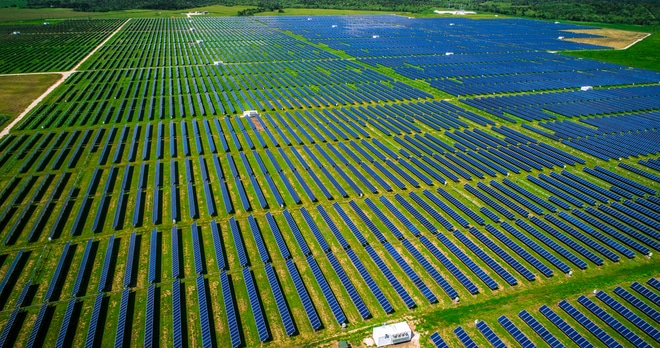The rise of sustainable finance

Environmental, Social and Governance (ESG) is not a new concept. In the last two or three years, however, there has been a marked increase in the amount of scrutiny placed on different stakeholders, including regulators, wider society, NGOs, shareholders, investors, employee, customers and suppliers. This growing awareness has led to ESG factors becoming promiment in board directors’ minds and taking an increasing role in finance transactions. Sustainability has transitioned from a ‘nice to have’, to a ‘must have’, and boards are considering ESG issues more strategically.
In the autumn of 2020, Chancellor of the Exchequer set out ambitious plans for the future of UK financial services. One of those key ambitions was to position the UK at the forefront of green finance. This ambition was reinforced in the Chancellor’s first speech at Mansion House on 1 July 2021. His precise words were: “More open, more competitive, more technologically advanced, and more sustainable – that is our vision for financial services”.
What is ESG?
The term is used interchangeably with sustainability and refers to the evaluation of a company’s commitment to social and environmental factors. It looks to place a burden on the private sector to address some of the trends faced on a global scale. In other words, ESG can be viewed as a business’s ‘corporate social credit score’.
Lenders are facing increasing pressure to improve sustainability not just within their own business but also by supporting and showing commitment to borrowers who are implementing robust sustainability strategies.
Green Loans and Sustainability Linked Loans (SLLS)
Green Loans and SLLs have some similarities but they are different and should not be confused. ESG loans is the over-arching term to describe Green Loans and SLLs.
Green Loans
Green Loans are loans that are applied for the sole purpose of a specific environmental project/impact, the Loan Market Association describe these as ‘Green Projects’.
Green Loan Principles (GLP) set out four clear components which act as a framework for the characteristics of a green loan. A link to the GLP guidance can be found here.
Though Green Loans have maintained a steady growth, the product is contingent on the availability of suitable green projects. This adds some complexity to the use of Green Loans.
Sustainability Linked Loans
SLLs, on the other hand, are similar to any debt financing arrangement - with the key difference being the interest being paid by the borrower. These are loans which incentivise the borrower’s commitment to sustainability through mutually agreed quantitative sustainability performance targets (SPTs) and ESG Key Performance Indicators (KPIs).
The margin for SLLs is linked to the SPTs and/or the KPIs. The margins reward borrowers for achievement of the KPIs/SPTs with more favourable margins (decreased margin) and hold borrowers to account if sufficient progress is not made with higher rates (increased margin).
The function of SLLs is a pricing mechanism linked to an external set of metrics. It is relatively an easy feature to include into any corporate loan facilities. SLLs can also be made available to almost any borrower and there is no need for SLLs to be part of an underlying environmental financing. This has contributed to the exponential growth in the use of SLLs.
Who’s doing it? Prada S.p.A. recently became the first business in the luxury goods industry to sign sustainability linked loans with their most recent agreement signed on 10 February 2021 with UniCredit.
Our view
Although the ESG-linked financing market is developing, we will see increased regulatory changes and guidance in the coming years. The benefit of lower margins will incentive more companies to align both their financing and sustainability objectives. This is a real opportunity for lenders and borrowers to play a key role to make an impact to ESG matters.
As more borrowers look to take advantage of the benefits of ESG-linked financings, we will see some of the current challenges being addressed through continued dialogue between lenders, borrowers and the wider sector, and more standardisation of terms in determining KPIs/SPTs.